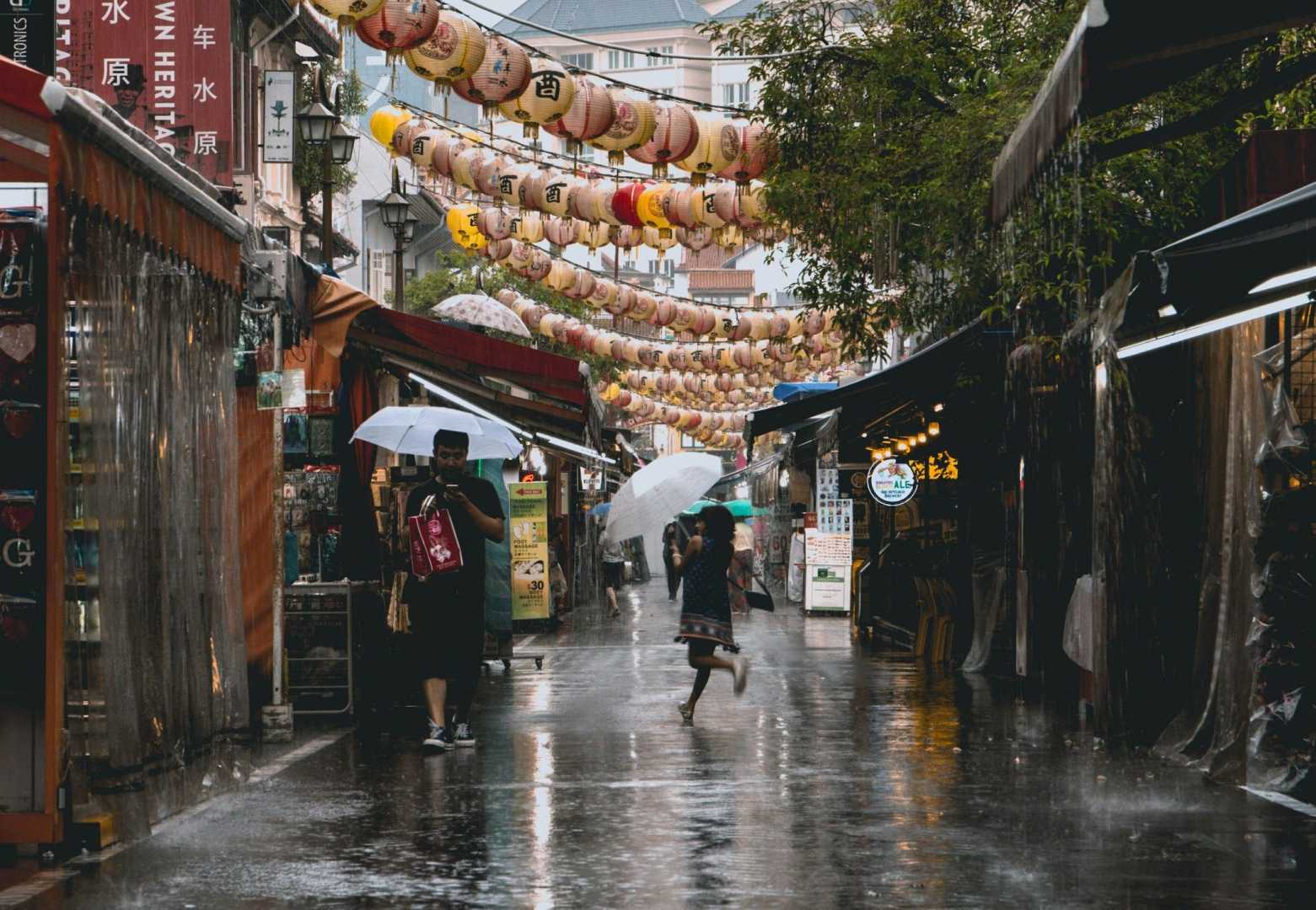News
Singapore Breaks Rainfall Record as Monsoon Surge Intensifies

SINGAPORE – A historic monsoon surge drenched Singapore last week, with Pulau Tekong recording the highest daily rainfall ever measured in January. On Jan. 10, the offshore island received 241.8 millimeters of rain, surpassing the previous record of 238.2 millimeters set on Pulau Ubin in 2011, according to the Meteorological Service Singapore (MSS).
The intense rainfall was part of a prolonged monsoon surge, described by MSS as “one of the longer and more intense surge events in recent years.” The surge, which began on Jan. 10 and weakened by Jan. 13, brought moderate to heavy showers and occasional thunderstorms across the island. Islandwide average daily rainfall ranged from 44.4 millimeters to 120.2 millimeters during the four-day period.
MSS, a division of the National Environment Agency (NEA), noted that the northern and eastern regions of Singapore typically experience the highest rainfall during such events. Changi recorded a total of 255.2 millimeters of rain from Jan. 10 to Jan. 11, exceeding Singapore’s average monthly rainfall of 222.4 millimeters for January.
Temperatures during the surge dropped to lows of 21.6 degrees Celsius in Newton and 22.8 degrees Celsius in Changi. While cooler than usual, these temperatures remain above the record low of 19.4 degrees Celsius recorded at Mount Faber in 1934.
Professor Winston Chow, an urban climate expert at Singapore Management University (SMU), highlighted the broader implications of such weather events. “Rising temperatures increase the likelihood of flooding in monsoon regions in South, South-east, and East Asia,” he said. Chow added that climate change is expected to bring more precipitation to the region in the long term.
The recent monsoon surge has ended, but the north-east monsoon season persists. MSS warned that the return of the La Nina climate phenomenon, forecasted between now and March, could bring above-average rainfall during typically drier months like February and March. La Nina intensifies trade winds, confining warm water around the maritime continent and fueling rain cloud formation over equatorial South-east Asia.
Singapore typically experiences two to four monsoon surges annually, each lasting one to five days. However, no such events occurred in 2024. The recent surge disrupted daily life, causing localized flooding and flight delays. Changi Airport Group reported 12 flight diversions due to heavy rain, affecting routes from Bangkok, Jakarta, Phuket, and Shanghai.
PUB, Singapore’s national water agency, attributed flooding along Jalan Seaview to heavy rain coinciding with high tide. The agency continues to monitor weather conditions and implement flood prevention measures as the monsoon season progresses.












